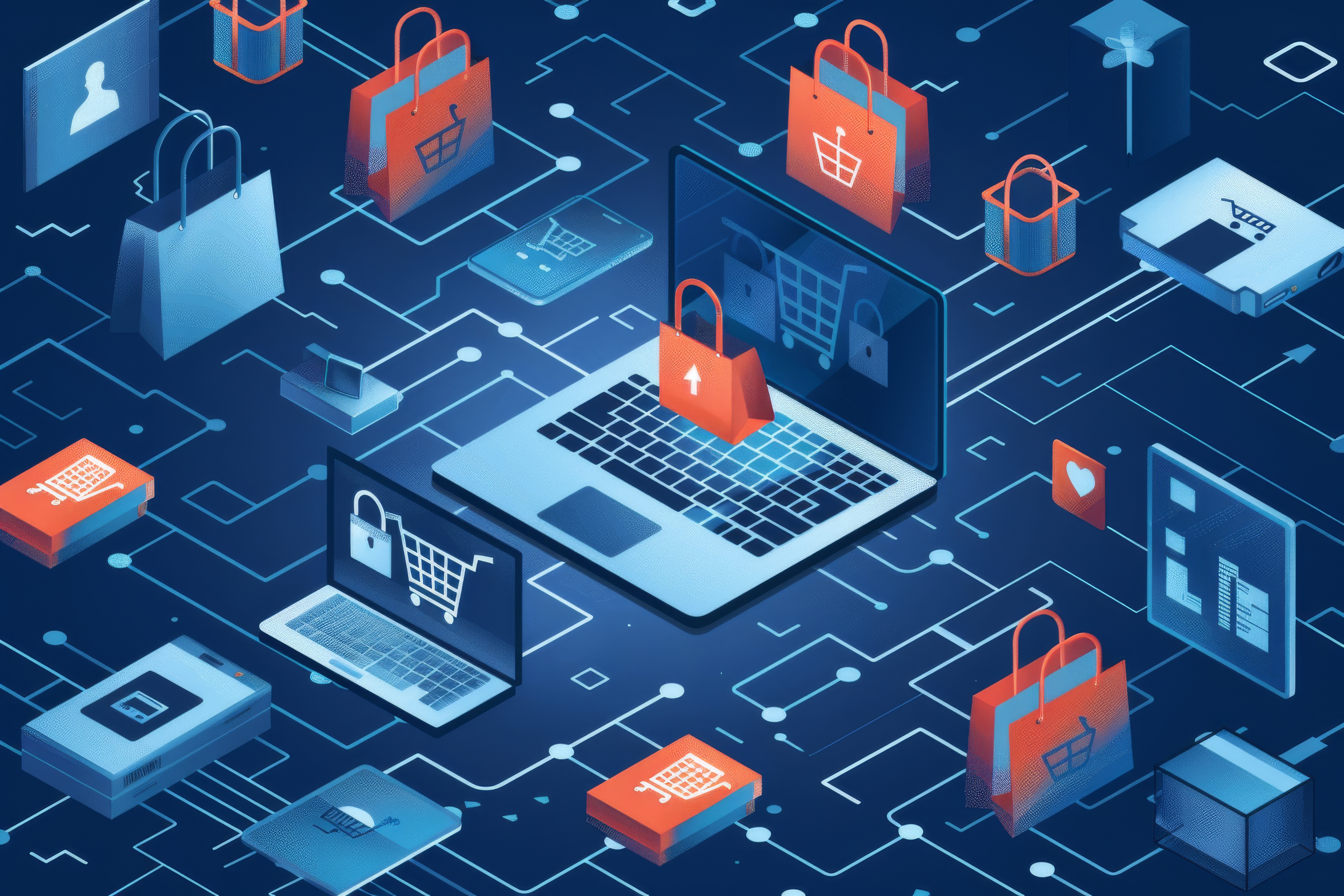In 2024, online shopping is a big part of how businesses get the supplies and tools they need. With the convenience of buying items quickly online, there are also risks we must be aware of. Cyber criminals are always looking for ways to steal data and money from unsuspecting businesses. This means it’s very important for us to know how to shop safely online.
When we shop online, it’s easy to fall for tricks if we’re not careful. Fake websites, scam emails, and unsafe payment methods are just a few of the dangers out there. Being aware of these threats can help us avoid them. Understanding and using secure online shopping practices can save us from a lot of trouble.
It’s not just about being cautious; it’s also about knowing what to look for. Safe shopping means knowing how to spot secure websites, ensuring our transactions are safe, and protecting our payment information. By learning these tips, we can keep our business’s data and money safe, making our online shopping experience worry-free and efficient.
Understanding the Risks of Online Shopping
Online shopping can be convenient, but it also comes with risks. One major risk is falling victim to phishing scams. Cybercriminals might send emails that look like they are from real companies. These emails often include links to fake websites where they try to steal your login information or credit card details. Always check the sender’s email address and look for any signs that the email might be fake.
Another risk is using unsecured websites. Websites that do not have strong security measures can leave your information exposed to hackers. Look for websites with “https” at the beginning of the URL and a padlock icon in the address bar. This shows that the website is using encryption to protect your data. Additionally, be cautious of deals that seem too good to be true, as they often lead to unsafe websites.
How to Identify Secure Websites
Finding secure websites is key to safe online shopping. First, look at the URL. A secure website should start with “https” rather than just “http.” The “s” stands for secure and means the website uses encryption to protect your data. You can also look for a small padlock icon in the address bar, which is another sign that the site is secure.
Next, read reviews from other users. Legitimate websites often have customer reviews you can find by doing a quick search. Be wary if you see many negative reviews or complaints about scams. Additionally, check if the website has contact information, such as a phone number or physical address. Legitimate companies usually provide ways to get in touch, while scam sites often do not. Another good practice is to look for trust seals, like those from known security companies. These seals are usually displayed on the website’s homepage and checkout page, giving you more confidence that your information will be protected.
Best Practices for Safe Transactions
When shopping online, it’s important to follow best practices for safe transactions. Always double-check the website’s address to make sure it’s correct and not a close duplicate of a legitimate site. Once you are sure the website is safe, avoid entering your payment information on public computers or networks. Public Wi-Fi can be risky because it’s easier for hackers to intercept your information.
Use secure payment methods, like credit cards or payment services such as PayPal. These methods often have fraud protection, making it easier to dispute unauthorized charges. If possible, enable two-factor authentication (2FA) on your account. This adds another layer of security by requiring a second form of identification, like a code sent to your phone.
Protecting Payment Information Online
Keeping your payment information safe is crucial for secure online shopping. One way to protect your payment details is to use a virtual credit card number. Many banks and payment services offer this feature, which generates a temporary number linked to your actual account. This way, even if the number is stolen, it won’t be useful for long.
Regularly monitor your bank and credit card statements for any suspicious transactions. Quickly reporting any unauthorized charges can help limit the damage. Also, consider setting up alerts that notify you of any activity on your accounts. This keeps you informed and can help you act fast if something seems off.
Conclusion
Shopping online can be safe and convenient if we take the right precautions. By understanding the risks, identifying secure websites, following best practices for safe transactions, and protecting our payment information, we can enjoy the benefits of online shopping without the worries. Staying informed about the latest security measures helps keep our business and data secure.
For more tips and professional cybersecurity professional services, contact The Saturn Partners. Our team is ready to help you protect your business in the digital world.

